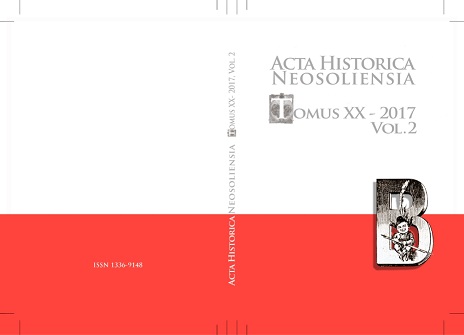Ikonografické pramene k odievaniu v období Veľkomoravskej ríše
Iconographical sources of the Great Moravian clothing
Author(s): Martin VančoSubject(s): Archaeology, Customs / Folklore, Ethnohistory, Cultural Anthropology / Ethnology, 6th to 12th Centuries
Published by: Filozofická fakulta Univerzity Mateja Bela
Keywords: Great Moravia Empire; župan (fur coat); boots; trousers; pantyhose; strap; tunica (tunic); rubáš (long-sleeved tunic); dalmatic; casula (chasuble);
Summary/Abstract: The subject matter of this paper is an analyse of Moravian Slavs clothing according to the figural motifs depicted on the Great Moravian monuments of art craft and its interpretation on the basis of written documents and knowledge from philology field of study. The Great Moravian rulers were probably dressed according to previous heritage of Avar Khaganate characterised by nomadic riding clothing, e.g. short coat – “župan” tied up at the waist with a strap and wide trousers and high boots. The other type of the Great Moravian man’s clothing had been determined by political situation from the end of 8th century when Carolingian Empire was spread out in the eastern part of Europe. Carolingian fashion was based on a long sleeve tunica tied up at the waist by strap with a mantle and pantyhose with calf-straps. Monks and priests were dressed according to late Roman tradition what can be seen on figural motifs with long-sleeved tunica − dalmatic with outermost liturgical vestment chausuble − casula. Traditional old Slavic dress consists of trousers, shirt and mantle, described in written documents was not identified on any Great Moravian archaeological findings. As far as woman’s clothing is concerned we have no visual records about this fashion.
Journal: Acta historica Neosoliensia
- Issue Year: 20/2017
- Issue No: 2
- Page Range: 5-33
- Page Count: 29
- Language: Slovak

